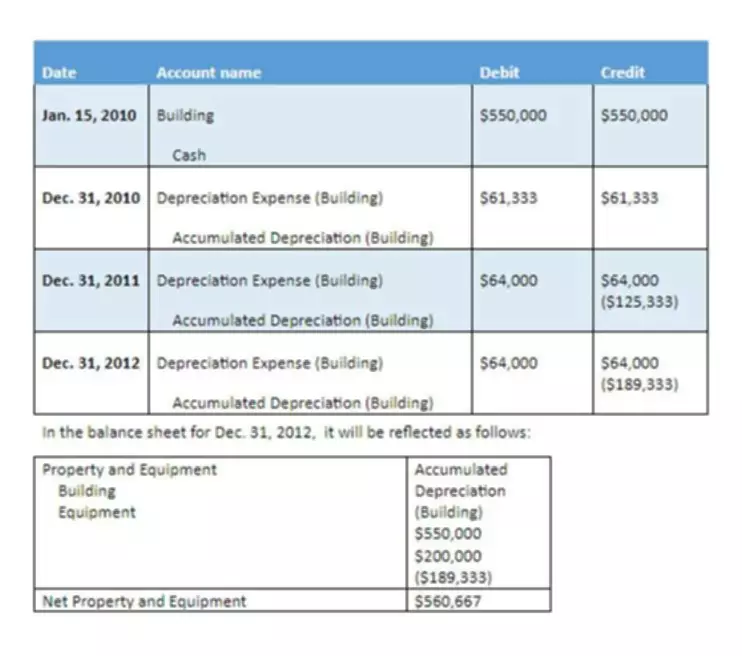Content

For the most accurate FTE calculation, hire a tax lawyer or accountant to calculate them for you. Sometimes one person can be your FTE 100%, or FTE 1.0, which is another way to call it. An FTE calculation for all employees in a company needs to be rounded down to the nearest whole number (usually, 1.0 FTE or greater). If you want to run a business, or you already have one, two important things and skills you need to master are acronyms and math. Because, if you don’t know about this stuff, how else are you going to know how to calculate 0.5 FTE?
What does FTE mean?
A full-time equivalent (FTE) is a unit of measurement used to determine the amount of full-time hours worked by all employees in an organization. If a normal work week consists of 40 hours, an employee who works for 40 hours per week has an FTE of 1.0 while a part-time employee working only 20 hours per week has an FTE of 0.5.
You’re full time.” Not when some employees work 50 hours some weeks, and 30 other weeks. You should also recognize the difference between FTE and an overall employee headcount. With a headcount, each employee counts as one, regardless of how many hours they work. FTE refers to the number of hours that are considered full-time. There are different ways to then decide how to break down that final number.
What are employer shared responsibility provisions?
fte meaning has a lot of different uses and calculation methods depending on why you want to calculate it. It will help you plan a project or your work according to deadlines and your budget. FTE refers to one full-time employee or the equivalent of a full-time employee. Calculating FTEs will also determine an employer’s duties under the shared responsibility provisions of the Affordable Care Act.
- Marija Kojic is a productivity writer who’s always researching about various productivity techniques and time management tips in order to find the best ones to write about.
- This metric provides a useful way to measure all of the hours worked by each type of employee thereby helping businesses organize their headcount more effectively.
- However, the IRS mandates only 30 hours per week or 130 hours per month for an employee in the US to be considered full-time in terms of the type of employment.
- An experienced CFO (see the «Employee Cost Tips from Toggl Track» section below) develops and updates these «rules of thumb» over time as they get to know the ins and outs of their business — making them a high priority for retention.
- In conclusion, having accurate FTEs for all your employees will also help employers determine responsibilities towards them, their PTO rates, and whether the business is eligible for certain federal programs.
FTE goes even further than solely calculating project or staffing needs. If you employ 50 or more full-time equivalent employees then you are required to offer health benefits and coverage. FTE is also calculated to see whether or not you qualify for any tax credits. First, you need to account for the hours of a full-time weekly schedule and the actual employee hours they would be scheduled to work.
What is Full Time Equivalent (FTE)?
Companies in their first year can make estimates based on reasonable expectations. ALEs must offer insurance to each full-time employee who works at least 130 hours per calendar month. HR departments use FTE salaries to determine part-time workers’ salary compensation. A part-time employee’s FTE salary is calculated by multiplying their FTE value by the salary allotted to an equivalent full-time employee. Say a full-time graphic designer at a company makes 48,000 dollars a year, amounting to around 923 dollars for each workweek. Meanwhile, a part-time or contract graphic designer at the same company works 22 hours per week.
What does FTE mean salary?
Wage in full-time equivalent (FTE) is a wage converted to a full-time throughout the full year, regardless of the actual workload.
Full-time equivalents help managers, business owners, and HR team members better understand existing costs to the business, as well as more effectively plan for future hiring needs. If, for example, your organization has 300 full-time employees and 1,000 part time contractors who work a varying number of hours, FTE calculations can simplify the total number of employees or hours worked. To determine your total FTE, add the total part-time hours worked, plus the total full-time hours worked. From there, if your full-time hours are 40 per week, divide the number by 2,080.
Calculating FTE Manually
She can often be found testing and writing about apps meant to enhance the workflow of freelancers, remote workers, and regular employees. Appeared in G2 Crowd Learning Hub, The Good Men Project, and Pick the Brain, among other places. So, 75 is the number of hours needed per day to finish the said 600-hour project — it will be up to you to decide how many people you’ll want to employ to carry this out, and what type of employment you will offer to them.
- The result is the total full-time equivalent employees you have.
- Each employee who worked 40 or more hours per week on average, during a specific calculation period counts as 1.0 FTE.
- Calculate the number of overnight hotel guests based on the number and size of units in the project.
- FTE count of uncertified teachers with two years of Teach for America experience iv.
You’ll also need to know the actual number of weekly work hours to complete the FTE calculation. Actual hours worked per week is the exact number of hours an employee worked.
Calculating FTE for individual employees may help you decide whether your employees are eligible for certain programs, such as the Public Service Loan Forgiveness program. A 100% FTE is the same as a 1.0 FTE — it may point to one person working a full-time schedule or several people fulfilling the duties of 1 full-time position.
De produkterna behövde ingen GTM org vid den tiden då de inte hade omsättning. De behövde inte bygga upp en ad-plattform. Inte heller hade de trust and safety eller teams som hittar ryska troll som påverkar val. Revenue/ FTE är låg ja, men jämförelsen med Whatsapp är irrelevant
— The SaaS Nation (@NationSaas) November 1, 2022
For example, imagine you plan to offer a new line of fidget spinners that also send social media messages to users’ friends. You need to hire more employees, especially developers to integrate this software into your product designs. By examining revenues instead of profits , you can judge profitability on an employee’s actual work, not your other costs (ad costs, etc.). Two staff persons who each work 50 percent of full time also equal one FTE. This resource is assigned to a Task with a duration of 1 week (Mon-Fri) which sets the ETC to 40 hours. Volunteers who regularly use a building are synonymous with employees for the purpose of LEED calculations. Staff is synonymous with employees for the purpose of LEED calculations.
What Is FTE & How to Calculate It
FTE stands for full-time equivalent and measures how many full-time employees an organization has. Full Time Equivalent refers to the unit of measurement equivalent to an individual – worker or student – one unit of a work or school day, applicable in a variety of contexts. In most cases, full time equivalents measure an employee or student and/or their workload. Full-time equivalent , or whole time equivalent , is a unit that indicates the workload of an employed person in a way that makes workloads or class loads comparable across various contexts.

